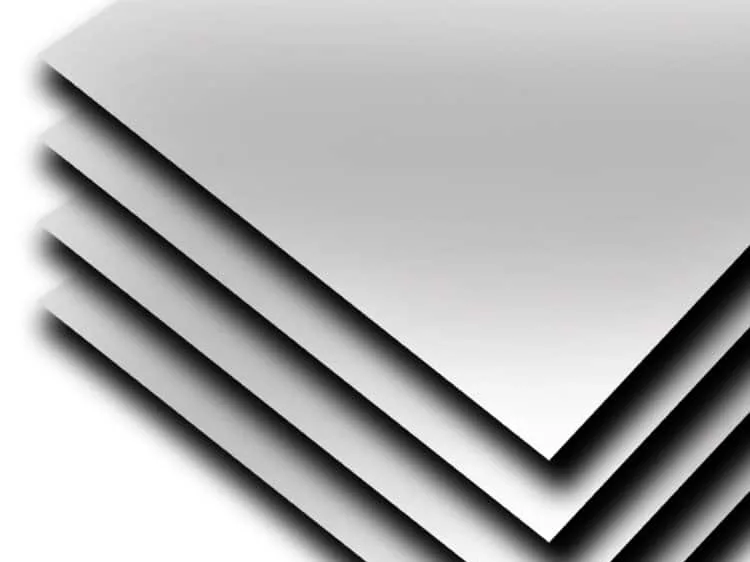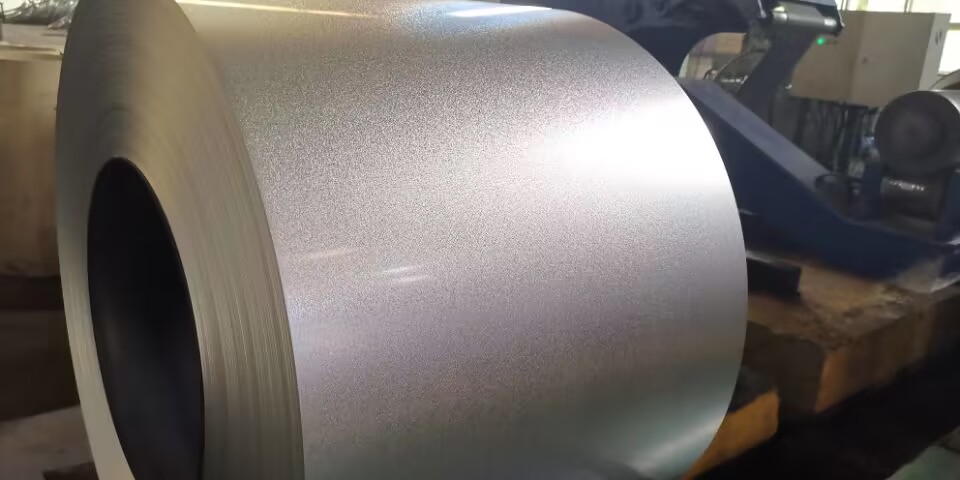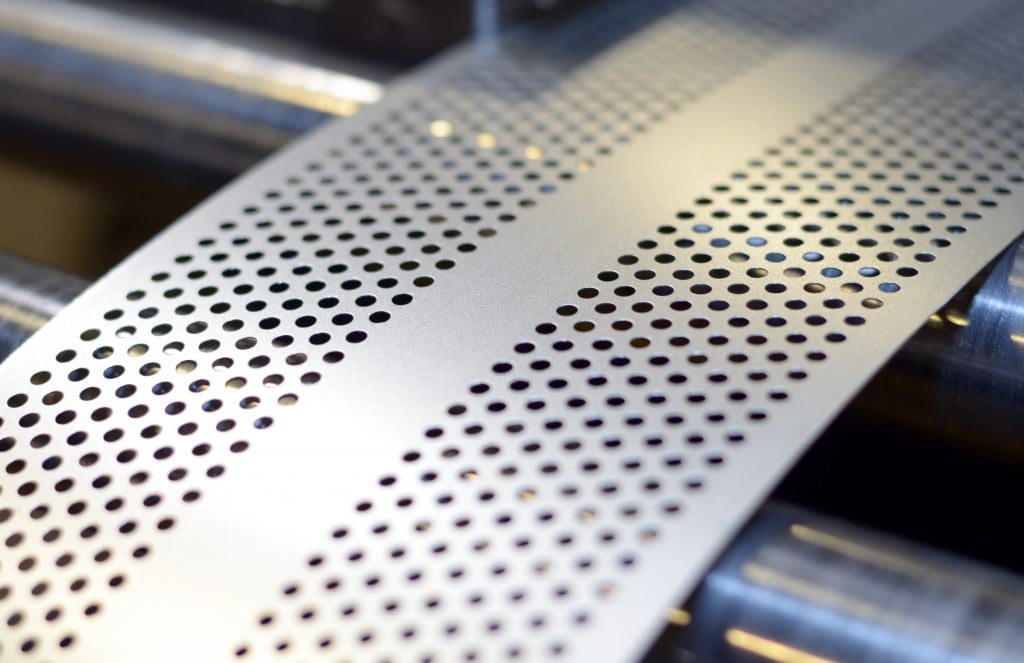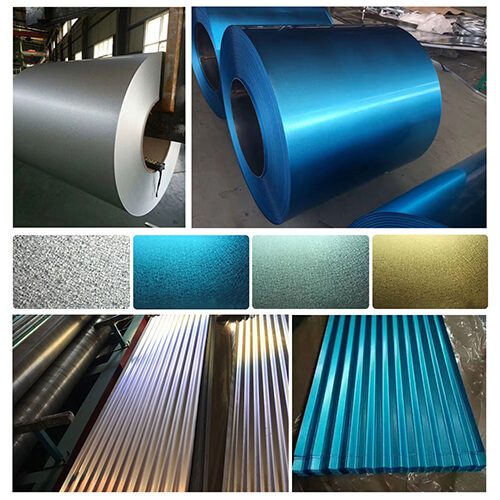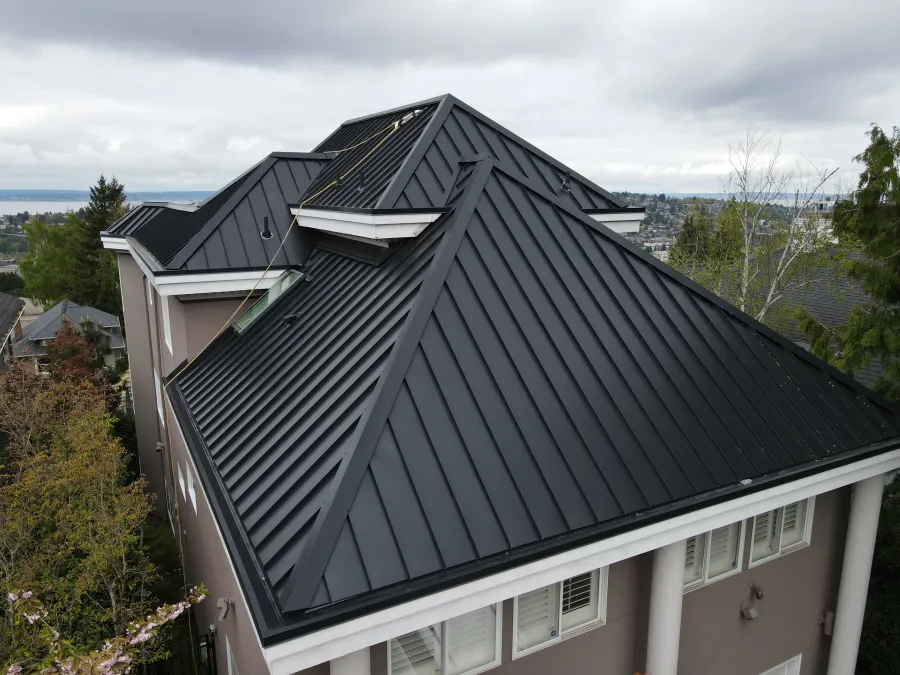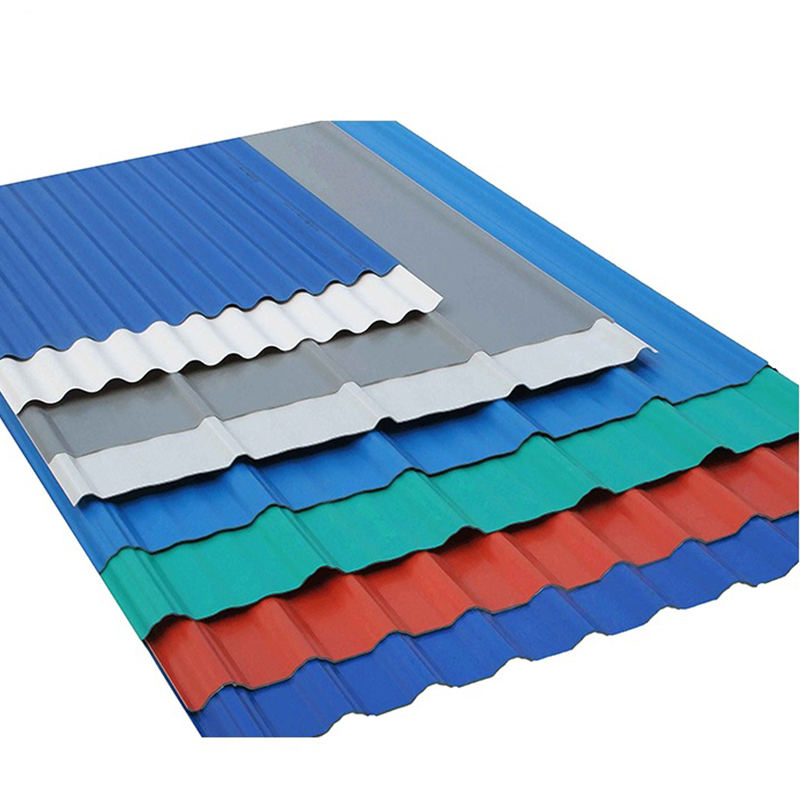What is Galfan?
Galfan-coated is an alloy steel plate composed of 95% zinc and 5% aluminum alloy coating. Galfan steel provides enhanced corrosion resistance compared to traditional galvanized coatings, making Galfan a popular choice for various applications, especially in corrosive environments.
- Composition: The main components of Galfan are zinc and aluminum alloy coating. Alloy coating is usually done through a hot dip process, similar to traditional galvanizing.
- Corrosion Resistance: Galfan has excellent corrosion resistance compared to standard galvanized coatings. The presence of aluminum in the coating helps enhance protection against rust and corrosion.
- Ductility and formability: Galfan-coated steel maintains good ductility and formability, making it easy to shape and shape for various applications without affecting its protective properties.
- Adhesion to Paint: Galfan provides an excellent substrate for paint Coating, making it suitable for applications that require additional aesthetic customization or color coding.
- Salt Spray Resistance: The galfan steel sheet has good resistance to salt spray, making it a first choice in coastal or marine environments where exposure to salt water can accelerate corrosion.
- Longevity: The Galfan coating helps extend the life of the coated steel, making it durable in various conditions.
- Environmental: Galfan uses less zinc than traditional galvanized coatings and, therefore considered environmentally friendly, reducing the environmental impact of zinc extraction and production.
- Applications: Galfan steel sheet is widely used in various industries, including construction, automobile manufacturing, agricultural equipment, etc. It is commonly used on roofs, fencing, structural components, and other outdoor applications.
Processing of Galfan Coated Steel
Forming
When applying zinc coating to steel, the forming process is similar to uncoated steel. Minimal modifications are required except for adjustments to surface behavior such as lubrication, clamping force, and mold geometry.
During the forming stage, the metal coating acts as a lubricant, contributing to mild surface pressure. The process creates a thin intermetallic layer at the steel interface, which enhances crack resistance during the forming process. The coating forms a layered microstructure that enables the steel to be roll-formed, drawn, bent and profiled. Various factors, including steel grade, component geometry, thickness, surface quality, tooling and metal coating type, can affect the forming of Galvan coated steel.
Welding
Galfan-coated steel can be welded using the same parameters as zinc-coated steel. When Galfan reduces coating thickness, welding requires lower current and extends electrode life. Resistance welding methods, particularly spot welding, produce excellent results on metal-coated steel.
The anti-corrosion properties of zinc-based coatings are well preserved in properly made spot welds. However, spot welding of coated materials requires slightly higher current and electrode force because the contact resistance of coatings is lower than that of uncoated steel.
The Benefits of Galfan Coating
Galfan’s chemical composition and microstructure offer three times the corrosion protection compared to standard galvanized coatings. Its unique coating chemistry reduces coating weight and provides consumers with a sustainable product at a lower cost. The addition of aluminum to the zinc bath lowers the viscosity, allowing the production of thinner coatings than traditional zinc-based coatings.
With Galfan, steel buyers have a choice: cut the coating weight in half for equivalent protection, or keep the same weight and triple corrosion protection for a premium product. All Century Mesh and Century Gabion products feature genuine Galfan coating with an average density rating of 330 grams per square meter, ensuring top-notch quality and longevity on any size project.
Engineers, designers and installers can confidently rely on Century Mesh and Century gabions for the longest life cycle. Data sheets are available upon request.
Galfan coating vs Galvalume coating
Galfan and galvalume coating are both metallic-coated steels. They differ in their coating process. Galfan undergoes cold rolled steel coating with a five percent mischmetal and aluminum and zinc coating. Galvalume undergoes a non-stop hot dip process with a glazing of 55 % aluminum and 43.5 % zinc with 1.5 % silicon.
The International Lead Zinc Research Organization created Galfan in 1981, while BIEC International Incorporated developed galvalume in 1972. Galfan might be younger but more resistant to corrosion than galvalume.
A lighter coating weight guarantees extra corrosion protection to Galfan-coated metals. It is ductile, formable, and weldable compared to galvalume due to its high zinc content.
Conclusion
Galfan-coated is a popular choice by manufacturers in making white goods and automobile parts. Its superior corrosion property is cost-saving as the project can last long. It is important to note that Galfan-coated is not the same as Galvalume, which is another coated steel that combines zinc and aluminum, but with a higher aluminum content. The specific choice between Galfan, Galvalume and other coatings depends on the specific requirements of the application and the level of corrosion resistance required in the specific environment.

